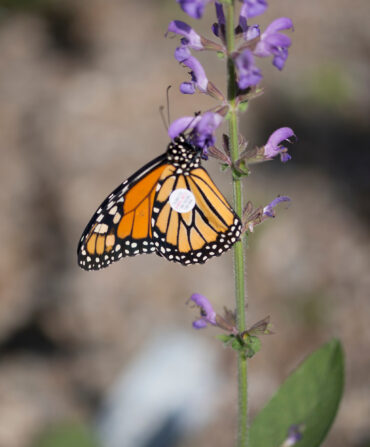The first piece of property Steve Hageman’s family owned was 80 acres of Indiana farmland purchased by his father, Gene Hageman, the son of a Swiss immigrant, in 1949. Today, Steve and his son, Shane, preside over a slightly larger slice of earth: 14,000 wildlife-rich acres of Texas blackland prairie that they’ve transformed into a first-class sporting club.
In 2005, Steve was searching for a family retreat when a friend tipped him off to an unusually large and intact property that had come onto the market about ninety miles east of Dallas, near Sulphur Springs (population 15,000), an area known for producing corn, soybeans, and NFL linebackers. What is now Hageman Reserve—a sprawling expanse of lush bottomland formed at the confluence of the South and North Sulphur Rivers, where Texas state road 69 dead-ends—had previously belonged to the prince of Liechtenstein and a string of agriculture investors. It was Steve’s son-in-law Shad Schenck, a pro angler married to Steve’s daughter Sara, who realized what a sporting treasure the place was.

“I’m a professional fisherman, so everybody always tells me that they have the best hunting and fishing spot,” Schenck says. “But I went down and took a look and thought, ‘Wow. This is something special.’” Convinced that other outdoorsmen would agree, Steve embarked on a seven-year construction project to turn his family retreat into the membership-based Hageman Reserve, which officially opened in November.
The property includes three reservoirs—now filled with largemouth bass—and dozens of fly-fishing ponds that are all fed by 22,000 acre-feet of water annually. The Sulphur River ecosystem had always coaxed mallards and gadwalls out of the Central Flyway, but the Hagemans recruited Shane Roethle, a wildlife biologist who previously ran a hunt program in Stuttgart, Arkansas, to develop a strategy to improve the marsh-loving plants and fine-tune the agriculture for ducks. Waterfowl hunts take place in flooded corn, rice, and soybean fields and in a green-tree reservoir that’s right out of the Arkansas Scatters. “We draw down over three hundred acres annually to promote smartweed and millet,” Roethle says. “There is a very delicate balance you have to maintain when dealing with something that has wings and lots of options.”
Texas native Mike Mize, one of just sixty-eight Level III shotgun instructors in the country, designed and runs the Reserve’s shooting center. The complex includes pistol and rifle ranges, trap and skeet shooting, and a twelve-station sporting clays course, plus even more challenging games, such as a “crazy quail” bunker with two wobble traps that simulate a covey rise, and a five-stand setup that sends clay targets diving like ducks across the face of a pit blind. After sharpening their skills, hunters pile into kitted-out Polaris Rangers alongside guides and dogs—shorthairs, spaniels, and Labs—and head into the field in pursuit of quail and pheasant.

Photo: Tyler Sharp
A bird dog and hunters take a breather.
The centerpiece of the property is a 65,000-square-foot lodge made of limestone quarried from nearby Granbury, roofed in slate, and floored in the post oak that was cleared from the site to make room for the structure. It sits high on a bluff behind a 15-acre vineyard, which, Steve says, has a tendency to make guests feel like they are “somewhere in the South of France.”
In the kitchen, executive chef Norma Whitt builds a taste profile for each guest who stays at the lodge. “That way, we can tailor the experience to the member,” she says. “It’s that extra attention to detail that we strive for.” Though Whitt came up cooking in Napa, California, restaurants and wineries, she’s adjusting to the sporting life just fine, having mastered the art of boning out tiny quail and slow-braising wild duck.
But despite all the conspicuous luxury, Hageman is still a working farm. “We’ve been able to incorporate intensive row-crop agriculture, a cattle operation, and conservation hunting by managing them all to their potential,” Steve says.
So far, the club has attracted business owners, a university president, politicians, and ex-politicians, but the Hagemans are in no hurry to get too big too quickly. The goal is “to create something that’s pretty much timeless,” Steve says, “and old-world never goes out of style.”







